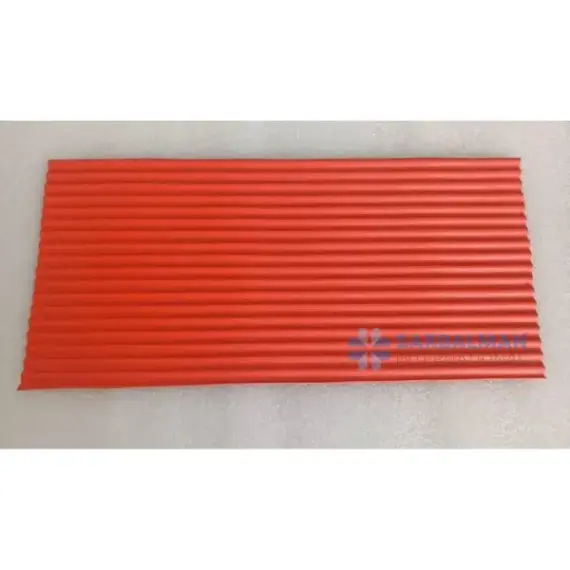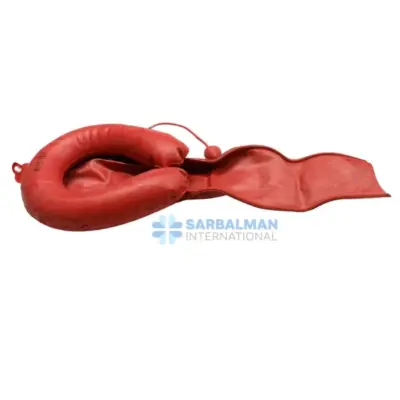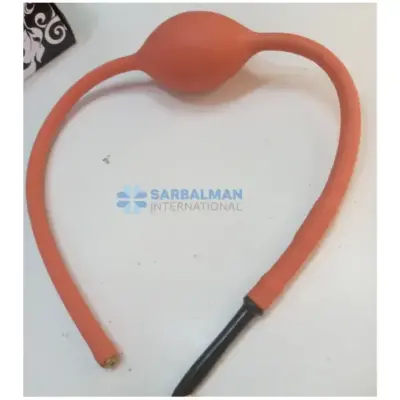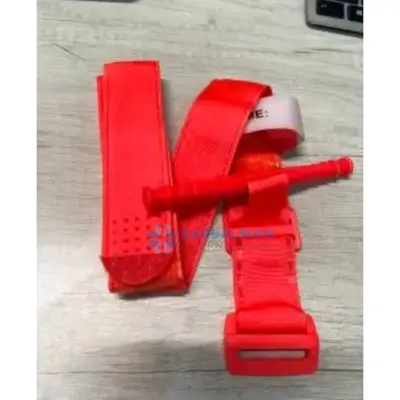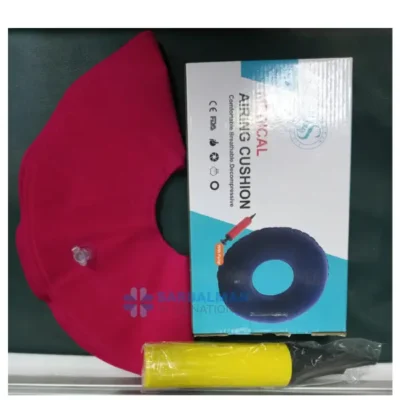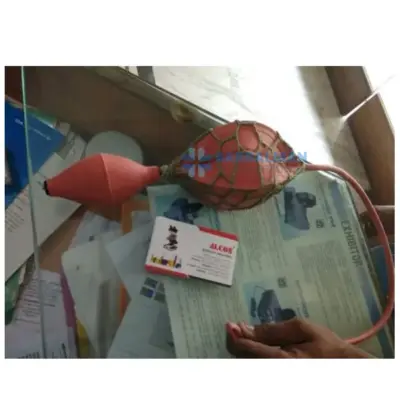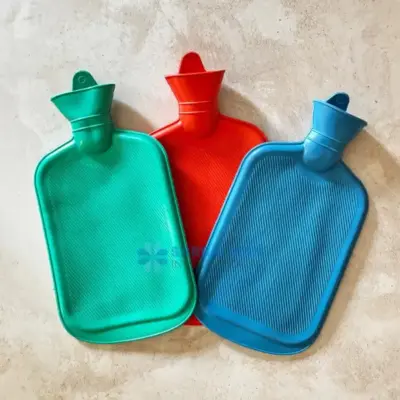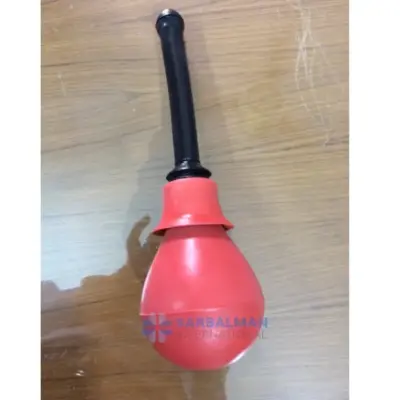Rubber Drainage Sheet
Free!
A rubber drainage sheet is a flexible, corrugated surgical drain that channels fluid away from incisions after surgery. It’s easy to cut to size, gentle on tissue, and simple to secure under standard dressings. Choose it when you need reliable passive drainage without a bulky suction system. The result is cleaner wound beds, fewer dressing changes, and smoother early healing in general, orthopedic, plastic, and obstetric procedures.
Description
A rubber drainage sheet is a flexible, corrugated sheet used to channel wound fluid away from an incision site after surgery. Placed partially inside the wound with the remainder external, it provides passive drainage by capillary action and gravity, helping reduce fluid buildup, edema, and infection risk. The sheet’s soft, pliable design conforms to tissue planes without excessive pressure, and the corrugations create continuous pathways for exudate to exit into dressings or collection systems.
Key features and benefits:
• Corrugated surface promotes steady fluid egress for cleaner wound beds
• Soft, flexible rubber conforms to anatomy and is easy to position and secure
• Cut-to-length convenience supports different incision sizes and depths
• Smooth edges help minimize tissue trauma during placement and removal
• Compatible with standard dressings and tape for quick post-op setup
• Available in sterile packs to support operating-room efficiency
Common use cases:
• General, orthopedic, plastic, and obstetric surgeries to control post-operative oozing
• Trauma and reconstructive procedures where dead space requires short-term drainage
• Skin graft and flap sites to prevent seroma formation and protect the repair
How it compares:
• Versus flat non-corrugated drains, the ridged design maintains flow even under light compression from dressings.
• Versus closed-suction systems, a sheet drain offers a simpler, lightweight option when active suction isn’t necessary or desired.
Quality and care notes:
• Select sheets with clear size markings and consistent corrugation for predictable flow.
• Check for latex content; latex-free alternatives are suitable for sensitive patients or latex-avoidance policies.
• Follow sterile technique and local protocols for placement, fixation, and timed removal to reduce infection risk.
• Many buyers prefer products made under recognized medical device quality systems; verify documentation according to your facility’s requirements.
A dependable rubber drainage sheet helps surgeons manage exudate efficiently, keep dressings drier, and support faster, cleaner wound healing.

